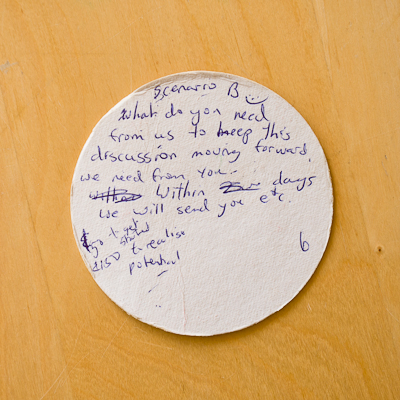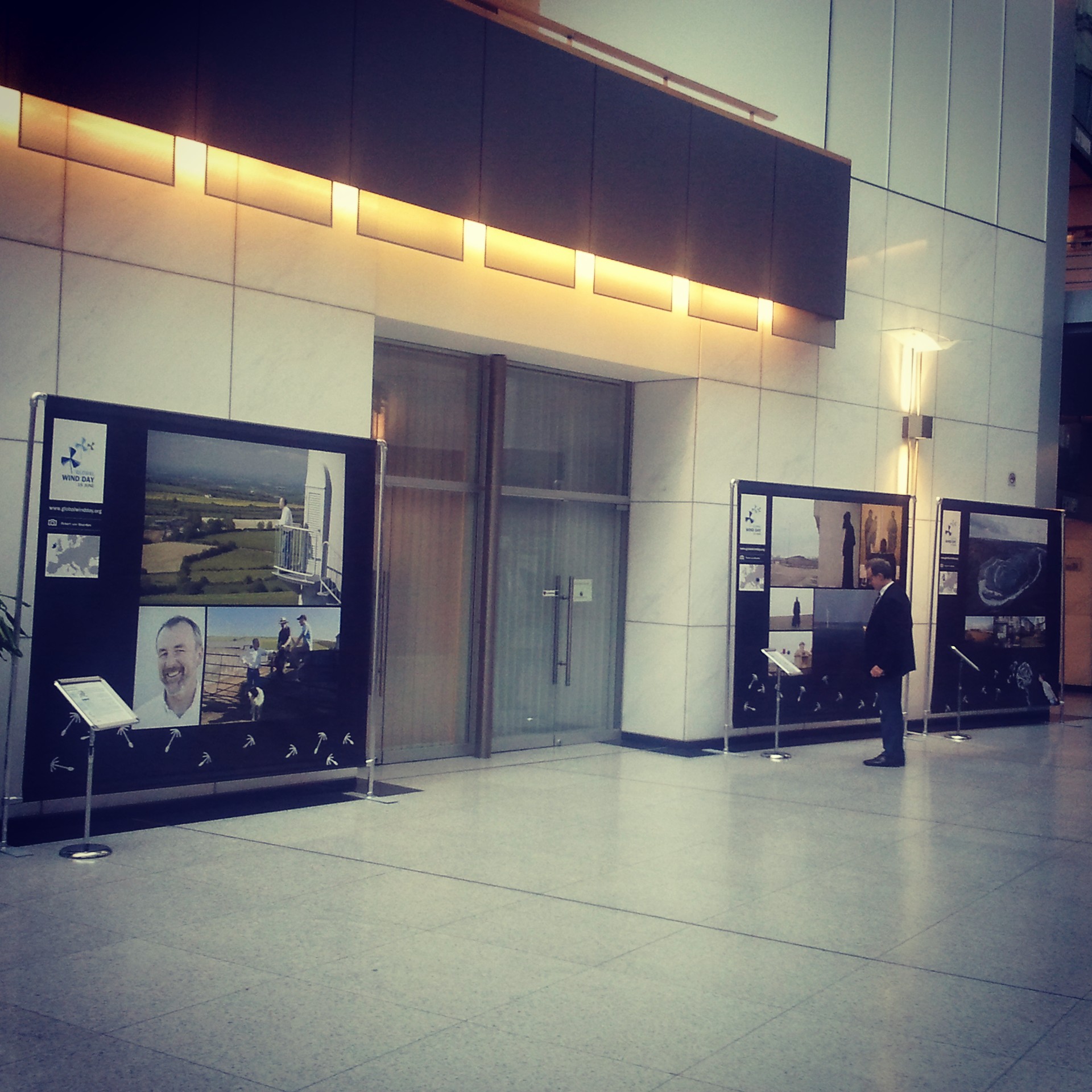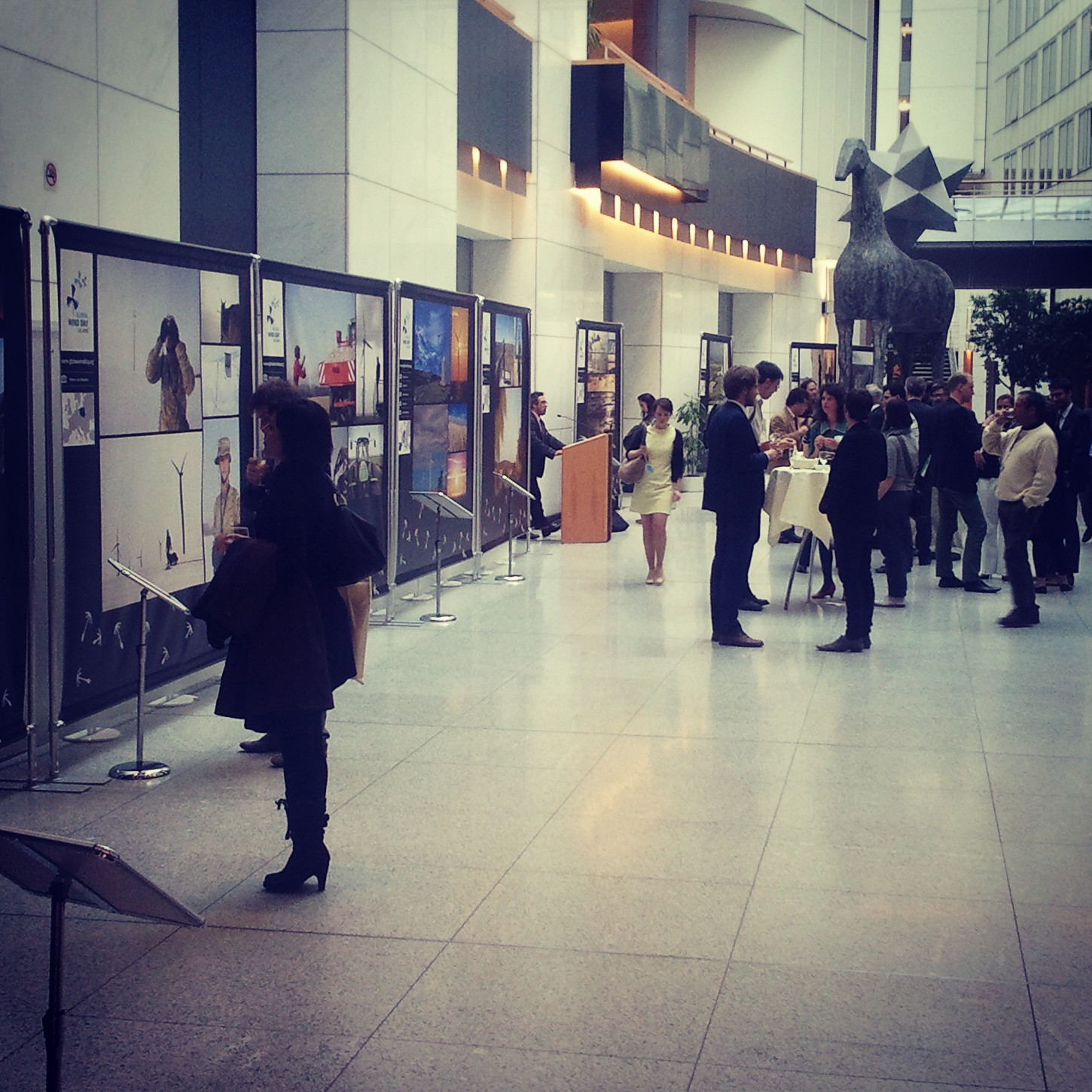A few hours ago I launched my first crowdfunding campaign. Although crowd funding has been an innovative way for photographers and creatives to fund their projects for several years, I have been waiting for the right project. Finally, I believe I have a project that warrants reaching out and asking for the support of all of you in my community. I am looking for supporters that believe that culture and art have an important role to play in building a better world. If that sounds like you and you know already that you want to join me on this journey, then please visit the campaign at igg.me/at/climate to donate or continue reading below.

Courtesy of Environmental Defence
The Impact
The proposed Energy East pipeline would transport 1.1 million barrels of diluted bitumen a day from the oil sands of Alberta to St. John. It would cross hundreds of waterways and drinking water supplies and would be responsible for greenhouse gas emissions that would equal 7 million new cars on the road.
Along the Pipeline is a journey along the route to share the untold story of what the pipeline will really mean for Canadians and First Nations. How will they be impacted, what do they value, what does the future of Canada look like to them? When finished, the resulting exhibit will allow people to recognize themselves and their communities in the faces of others and realize that they are not alone in desiring a better future.
How You Can Help
I have partnered with a few NGOs in Canada and they are providing some seed funding but not enough. That is why I am launching this campaign to try and raise $10,000. I need funding for basic items like transportation, fuel, food, and critically an assistant. I want to hire an assistant to help with the social media, documentation, the logistics and of course the driving so I don’t fall asleep at the wheel.
If you want join me on this journey than please visit igg.me/at/climate to donate to this project. After donating please take one minute to share this project on Facebook, Twitter and forward this email to your friends and challenge them to match you.
I understand if you can’t donate. You can still help out by sharing this project on Facebook, Twitter or forwarding this email to people you think might be interested.
What You Get
Besides my eternal gratitude and that fuzzy feeling that comes with supporting a project, I have compiled some really exciting (I think) perks for your support. Visit igg.me/at/climate to find out more about prints or mystery postcards.
Thanks once again for reading and I hope to hear from you on the route.
Near the route on the Ontario/Quebec border


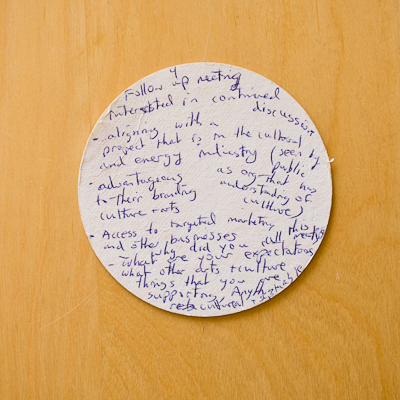
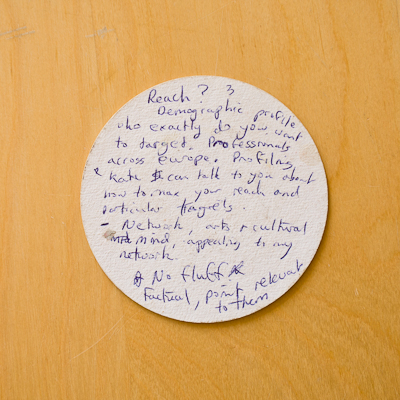 He and his family have been harvesting the wind for over a decade. That bike ride quickly told me two things: first, a bike is not the easiest mode of transportation for a project on wind energy, and second, the locations weren’t going to be easily accesible.
He and his family have been harvesting the wind for over a decade. That bike ride quickly told me two things: first, a bike is not the easiest mode of transportation for a project on wind energy, and second, the locations weren’t going to be easily accesible.